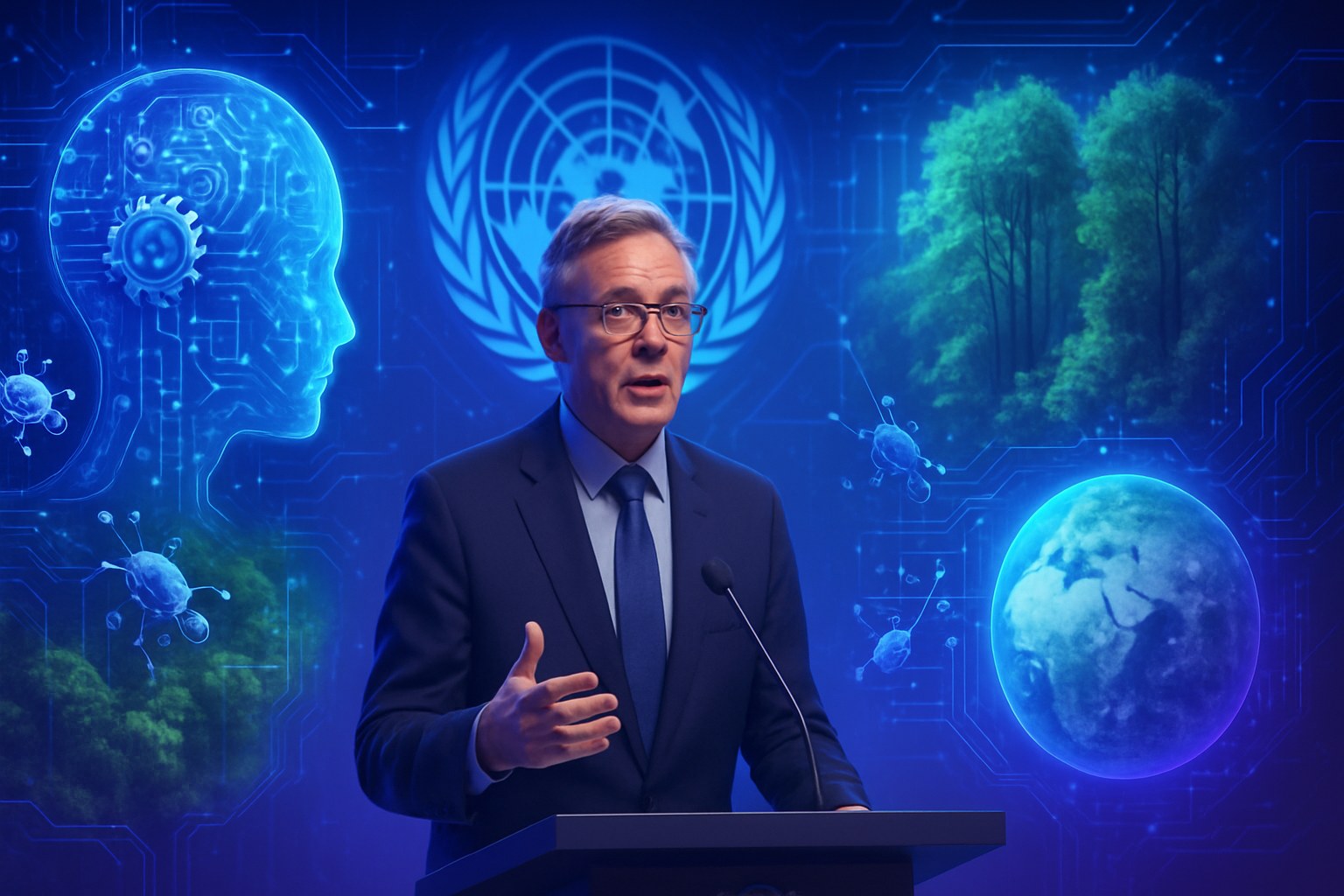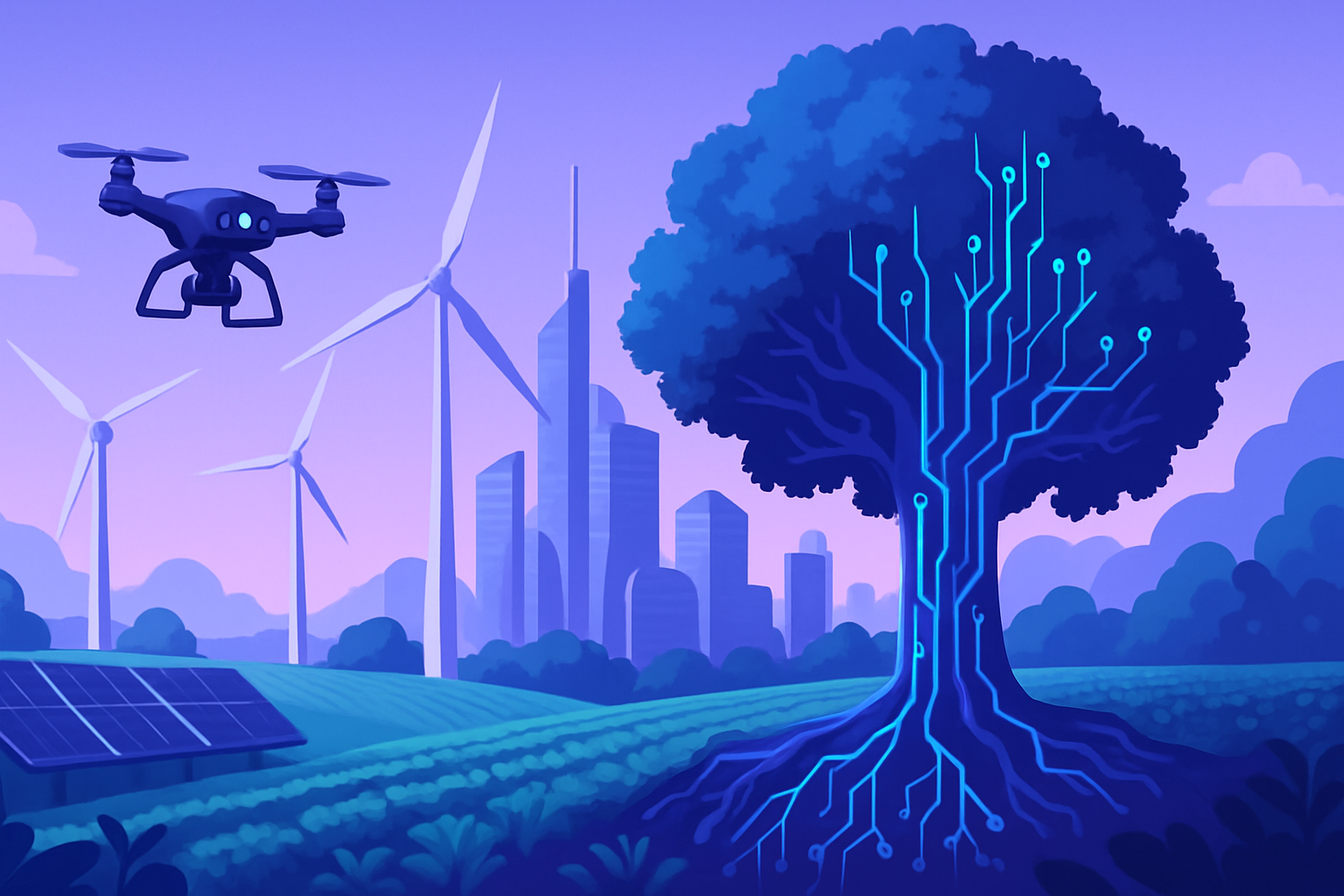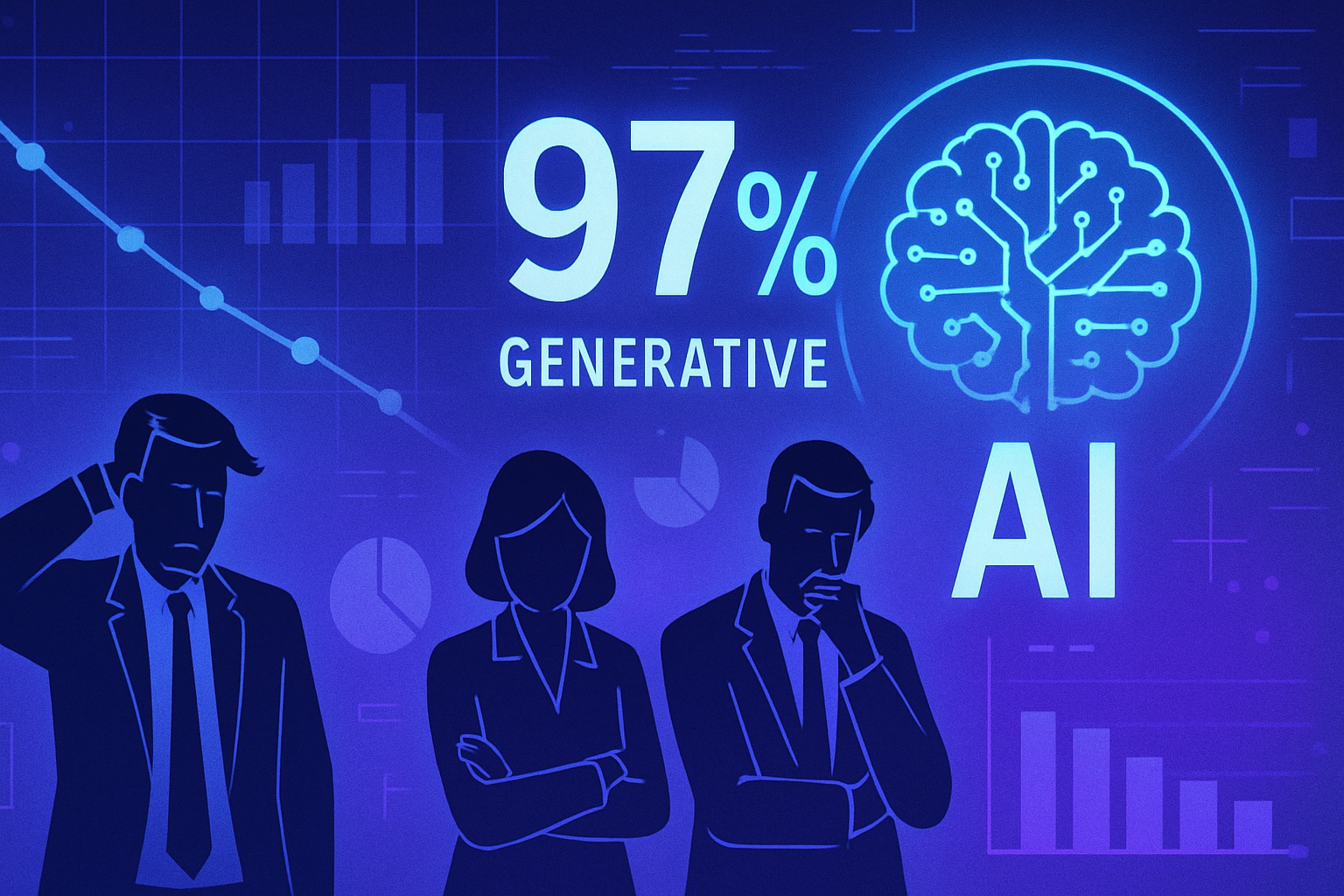Artificial intelligence, a potential catalyst in the fight against climate change, also raises legitimate questions. The risks associated with its development require strict regulation from governments. AI technologies, useful for optimizing energy efficiency and reducing carbon footprint, represent a decisive challenge in supporting the global energy transition.
Crucial challenges for artificial intelligence
Simon Stiell, the UN climate chief, asserts that artificial intelligence (AI) proves to be a valuable asset in the fight against global warming. Although it presents risks, its potential to transform energy systems is undeniable. AI helps make energy networks more efficient and develops tools aimed at reducing the carbon footprint of industrial processes.
Necessary government regulations
Stiell emphasizes that government intervention is essential to regulate the use of this technology. The increasing energy demands of large data centers call for heightened vigilance from authorities. Thus, AI requires regulation to mitigate its negative effects while maximizing its benefits.
Concrete advantages of AI
When used correctly, AI unleashes human capacity without replacing it. Applications include managing microgrids, mapping climate risks, and steering towards resilient planning. Stiell claims that AI could become a true catalyst for sustainable energy transition.
Advancements in global climate action
The global climate situation is improving, according to Stiell’s assessment. Alliances are forming around the Paris Agreement, with a dramatic boom in renewable energies. Government commitments to reduce carbon emissions remain a priority, even in the face of current geopolitical challenges.
Investment in renewable energy
Investment in renewable energies has seen exponential growth, reaching a staggering revenue of 2 trillion dollars last year. While China remains a leader in this energy transition, countries like the EU, India, and several nations in Latin America are also adopting clean options. Companies, despite hurdles in the United States, continue to make commitments to a low carbon emissions economy.
Financial challenges to overcome
Although economic opportunities arise in the transition to a more sustainable world, the need for funding remains pressing. Recent research highlighted that among over 700 low-emission industrial installations in development, only 15 per year manage to obtain the necessary funding to move to full production. This shortfall represents a 1.6 trillion dollars opportunity for investors.
Accelerating efforts to combat the climate crisis
The benefits of the transition to a sustainable economy are not yet felt in households, even though businesses are seeing changes. Stiell warns: the impacts of the climate crisis are accelerating, necessitating swift action. According to the Paris Agreement, countries must produce new nationally determined contributions (NDCs) to limit greenhouse gas emissions.
Outlook for the coming years
Major economies, such as the EU, China, India, and Russia, have yet to submit their national plans. Trump withdrew from the Paris Agreement, but this decision has not stopped states and companies from seeking to engage. Something else is driving action: the need to reaffirm strong support for international climate cooperation.
A clear message must be delivered: the world stands united behind the Paris Agreement, convinced of its necessity and effectiveness.
User FAQ on AI and climate change
What are the main risks associated with the use of AI in the fight against climate change?
The main risks include excessive energy consumption due to data centers, the risk of biased decisions, and the potential diversion of valuable human resources. These concerns require careful regulation by governments.
How can AI improve the efficiency of energy systems?
AI can optimize energy management through algorithms that predict demand, improve distribution, and increase the integration of renewable energies.
What specific tools is the UN developing with AI for climate diplomacy?
The UN is using AI to map climate risks, manage micro-energy grids, and help plan resilient strategies in the face of environmental changes.
Why is it crucial to regulate AI in the climate context?
Regulation is necessary to minimize the negative environmental impacts of AI, ensure its ethical use, and secure its role as an innovation tool in the fight against climate change.
How can AI free up human potential in climate change efforts?
By automating certain tasks, AI allows individuals to focus their efforts on creative and strategic actions, thus increasing innovation and efficiency in this field.
What are the economic prospects of AI within the transition to a low-carbon economy?
The transition to a low-carbon economy generates new economic opportunities, particularly in renewable technologies, where AI can also reduce investment costs and improve returns.
What measures should governments take to encourage the responsible use of AI in the fight against climate change?
Governments should adopt regulations that promote the use of renewable energy to power data centers, encourage innovation, and support investments in green technologies.
What are the expectations for international collaboration around AI and climate change?
International collaboration is crucial to create global standards for ethics and regulation, thereby sharing best practices and technologies to maximize the positive impact of AI on the climate.
What is China’s contribution to clean energy and the use of AI?
China has been a leader in the clean energy boom, using AI to optimize its energy systems, reduce emissions, and guide its climate policies.
What challenges does the transition to AI and renewable energy present in various countries?
This varies from country to country, with challenges related to investment, regulation, and the adoption of green technologies. Some countries face internal political obstacles that hinder their progress.






